Star Trek: Kelvin Timeline explained
We've remodulated our tricorders to help you make sense of the Star Trek Kelvin timeline from the recent Star Trek movies.
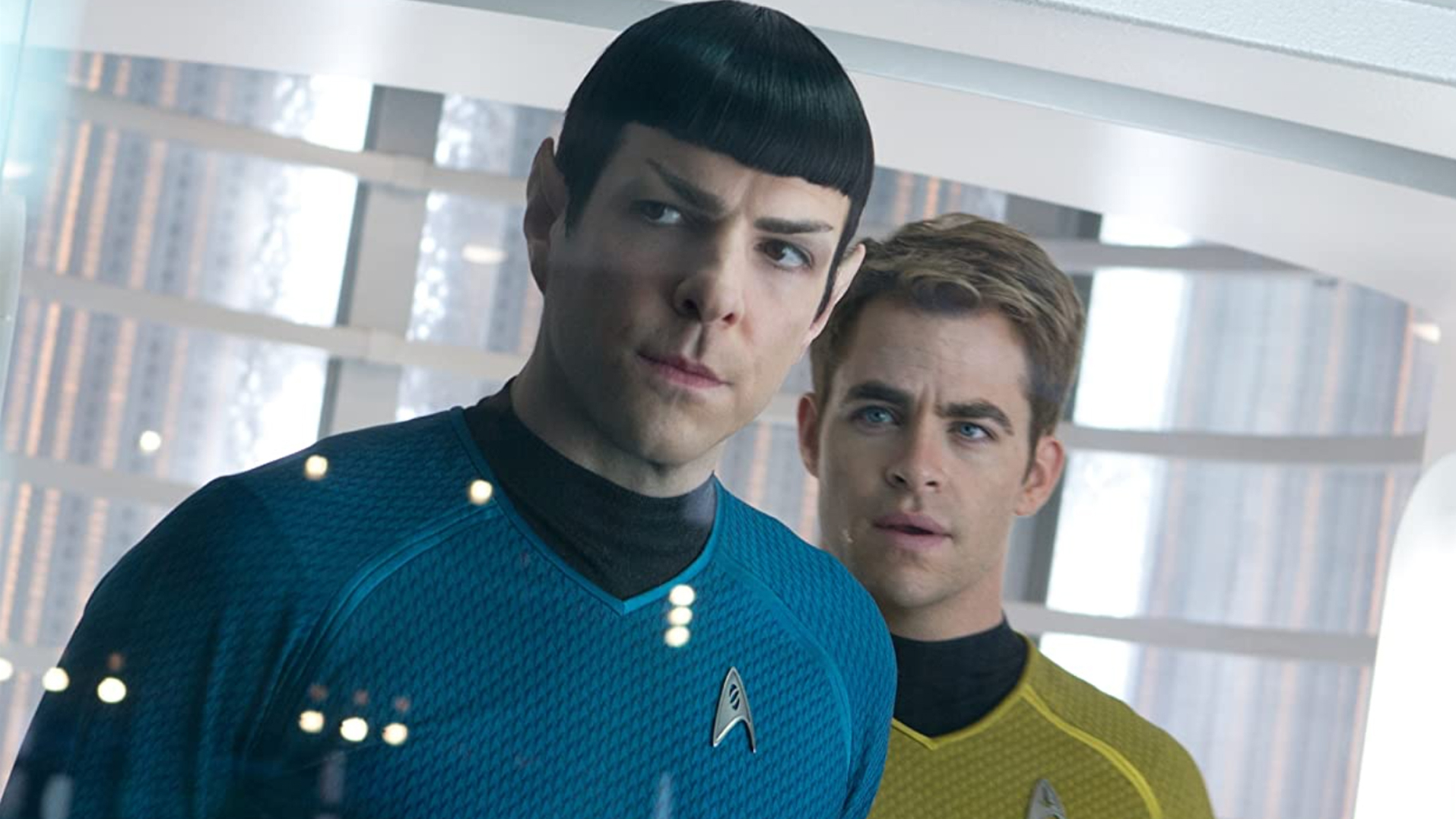
Our Star Trek: Kelvin Timeline explained article is here to tell Spock from Spock.
How do you reboot a franchise that’s been around more than 50 years old and whose fan base is, shall we say, passionate about the accuracy of its canon? If you wipe the slate completely clean and start afresh, you lose the benefit of five decades of lore from which to draw inspiration and characters. If you keep the continuity, you’re shackled to decades of details from which you can’t escape. What can you do? If you’re Star Trek, you create the Kelvin Timeline.
The Kelvin timeline, or "alternate universe Trek", creates a new environment in which the events of the more recent Star Trek films (Star Trek, Into Darkness, Beyond) won’t contradict those that came before. It’s also how Spock ended up meeting himself.
If you want to rewatch the new Star Trek movies, our Star Trek streaming guide will show you where to watch them all online. And if you're curious to see how the new movies stack up against the classics, check out our Star Trek movies, ranked worst to best article. Now, let's dive into the Star Trek Kelvin timeline.
Event One: Nero Travels Through Time
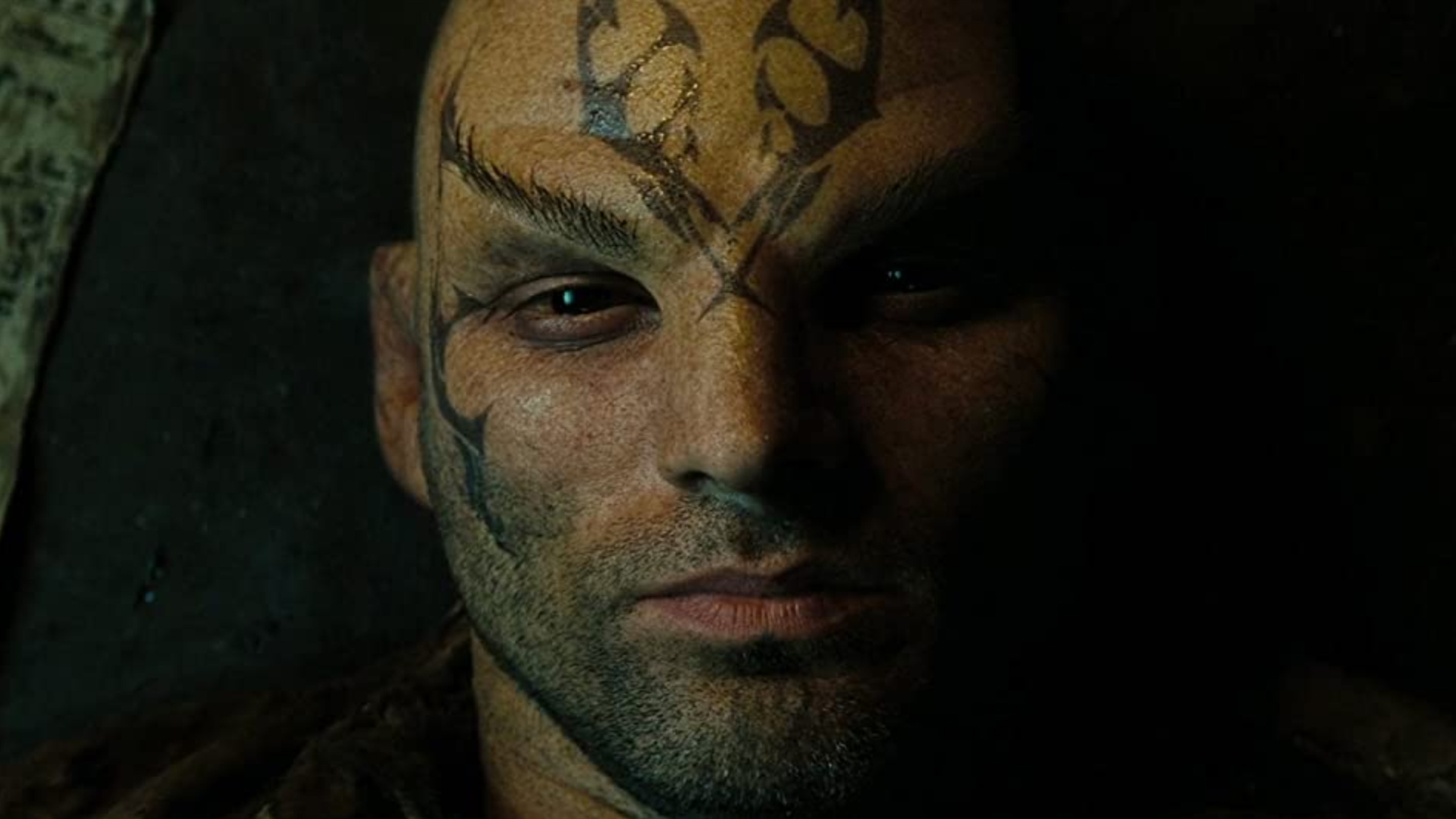
According to Star Trek (2009), the planet Romulus was destroyed by a supernova in the year 2387. Ambassador Spock attempted to use "red matter", a substance so powerful that a single drop can destroy a planet, to save Romulus by destroying the supernova. He did indeed manage to destroy the supernova, but not in time to prevent the planet’s destruction. To make matters worse, both his ship, the experimental Jellyfish, and the Romulan mining ship Narada were pulled into the black hole’s wake and sent hurtling backwards in time. Spock emerged in 2258 while the Romulans landed in 2233.
The Narada’s captain, Nero decides to use this opportunity to take out his grief on the organization he holds responsible for the ruin of Romulus and, by extension, the death of his family: the Federation. One of his first acts is to destroy the U.S.S. Kelvin, captained heroically to the very last minute by George Kirk, who lives just long enough to name his newborn son James.
And thus begins the Kelvin timeline.
Spock, Meet Spock
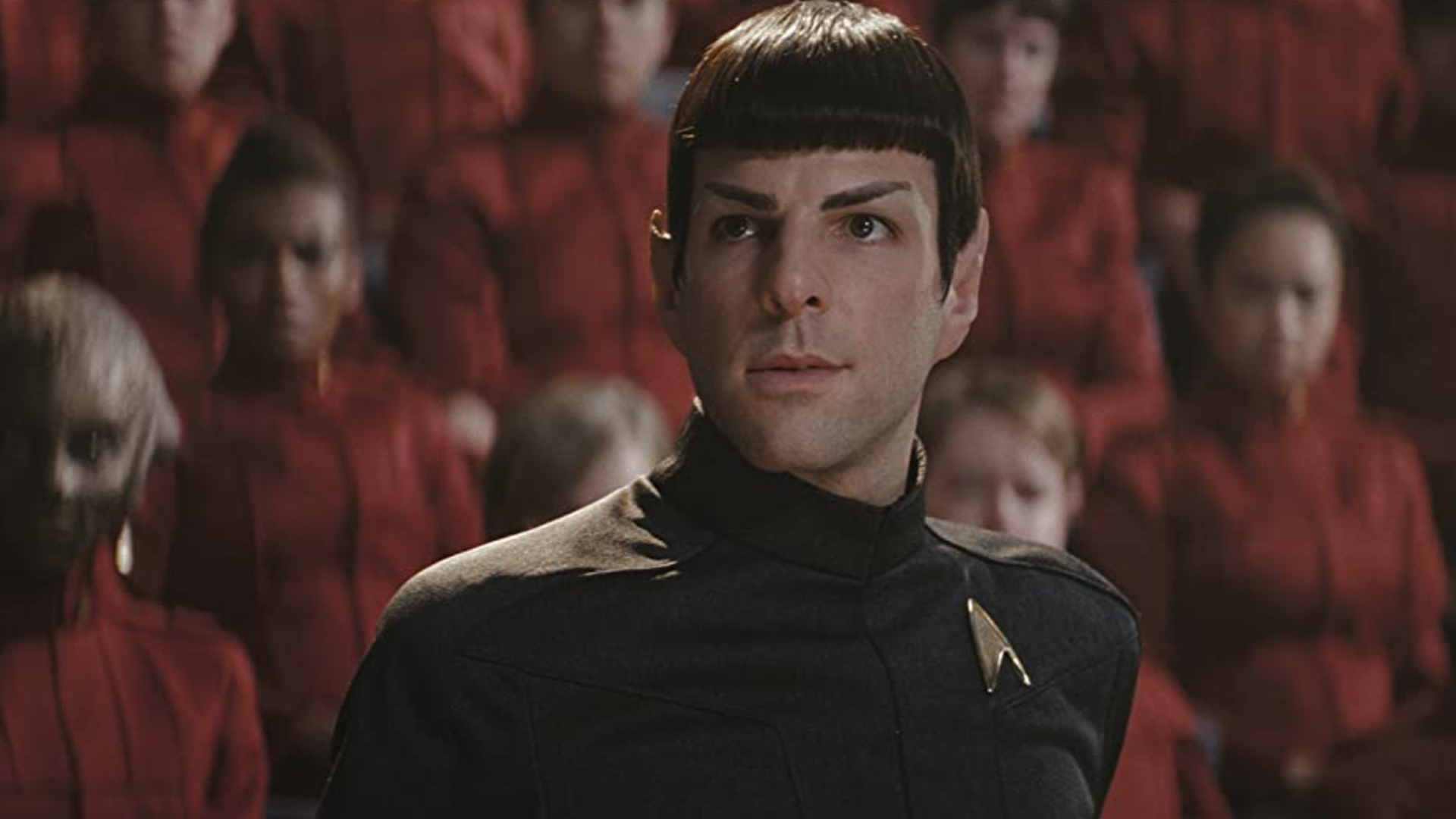
Jim Kirk grows up as a rebellious punk constantly trying to outrun his father’s long shadow. Christopher Pike sees something of value in him and urges him to join Starfleet, which he eventually does. Through a contrivance of events, he ends up aboard the Enterprise along with Spock, Bones McCoy, Uhura, and the rest of the Original Series crew.
It’s now 2258 and Ambassador Spock emerges from the black hole just in time to be scooped up by Nero, who keeps the Jellyfish — and its cache of red matter — for himself while abandoning Spock on the frozen planet of Delta Vega. He wants Spock to bear witness as the Narada drills a hole into the center of Vulcan and releases red matter at the planet’s core. The Enterprise tries to stop him and fails, though they do manage to rescue Spock’s father, Sarek. Nero is eventually defeated, and Spock's young and old take a moment to reflect on their coexistence
Enter Khan, Exit Kirk
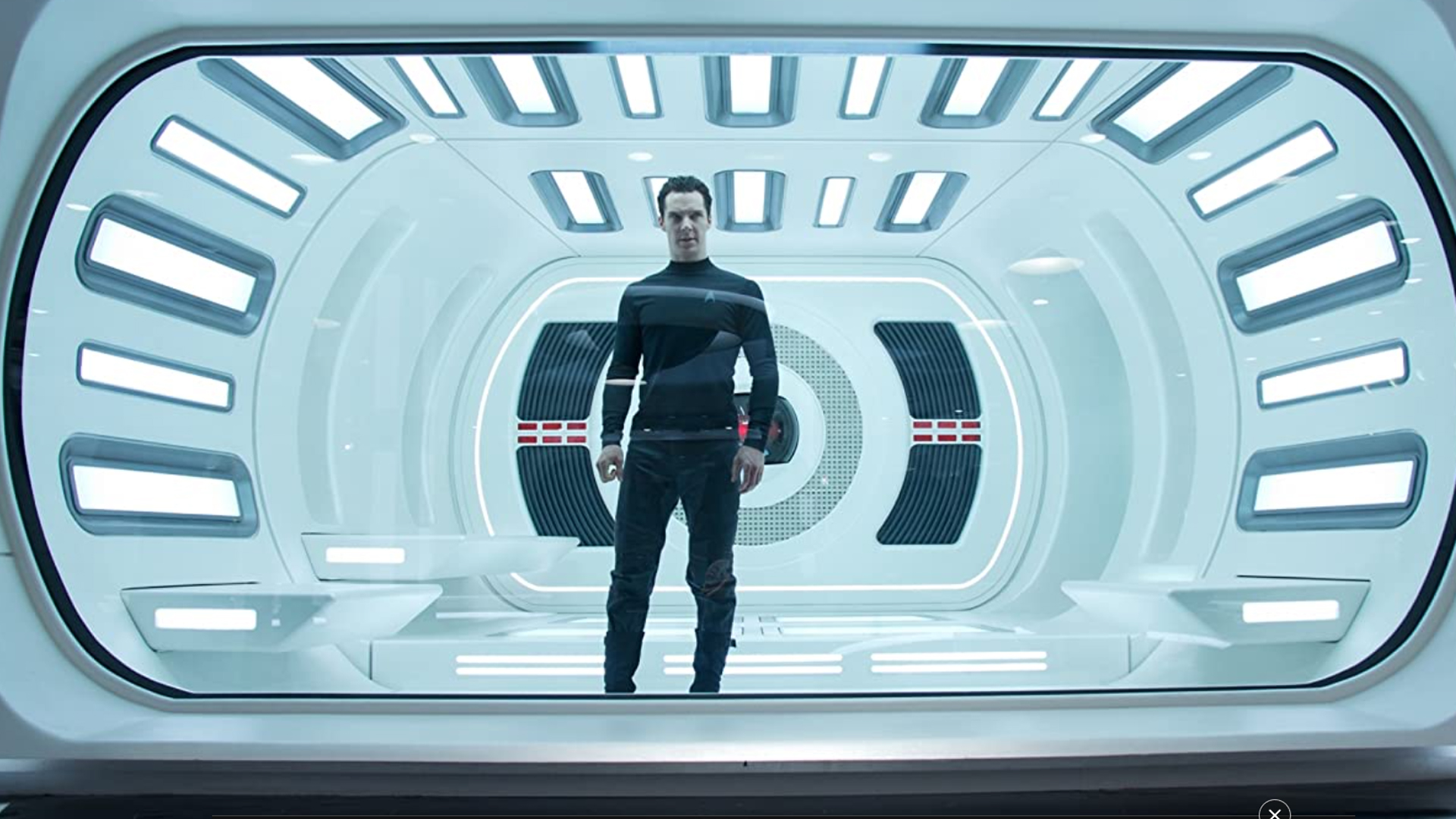
Nero’s too-close-to-success-for-comfort attempt to destroy Earth shifts Starfleet’s ethos from one of discovery to one of protection. They still want to "seek out new life forms," but only to find out how dangerous they are. In Into Darkness (2013), Alexander Marcus, leader of the secretive Section 31, finds the SS Botany Bay, stuffed to the rafters full of augmented humans in cryostasis. He wakes one of them up — Khan Noonien Singh — and forces him to build weapons that Earth could use to defend itself against alien threats.
Huge surprise, Khan betrays Marcus, exacting vengeance on various Starfleet targets. In doing so, he kills Kirk’s father figure Christopher Pike. Marcus tries to leverage Kirk’s hot-headedness by sending Kirk after Khan, who has fled to the Klingon homeworld of Kronos. He figures Kirk will kill, not capture, Khan, thus removing a threat and evidence of Marcus’ secret project.
Kirk goes off script and keeps Khan alive, much to the chagrin of Admiral Marcus, who tries to blow them all the heck up. The sacrifice that leads to victory happens just as in the original, except in the Kelvin timeline it’s Kirk who gives his life to save his crew. In the prime timeline, Genesis brought Spock back to life, but here it’s Khan’s blood that gets the job done.
That bit of ugliness behind them, the Enterprise receives its five-year-mission. You know the one.
Farewell to Spock
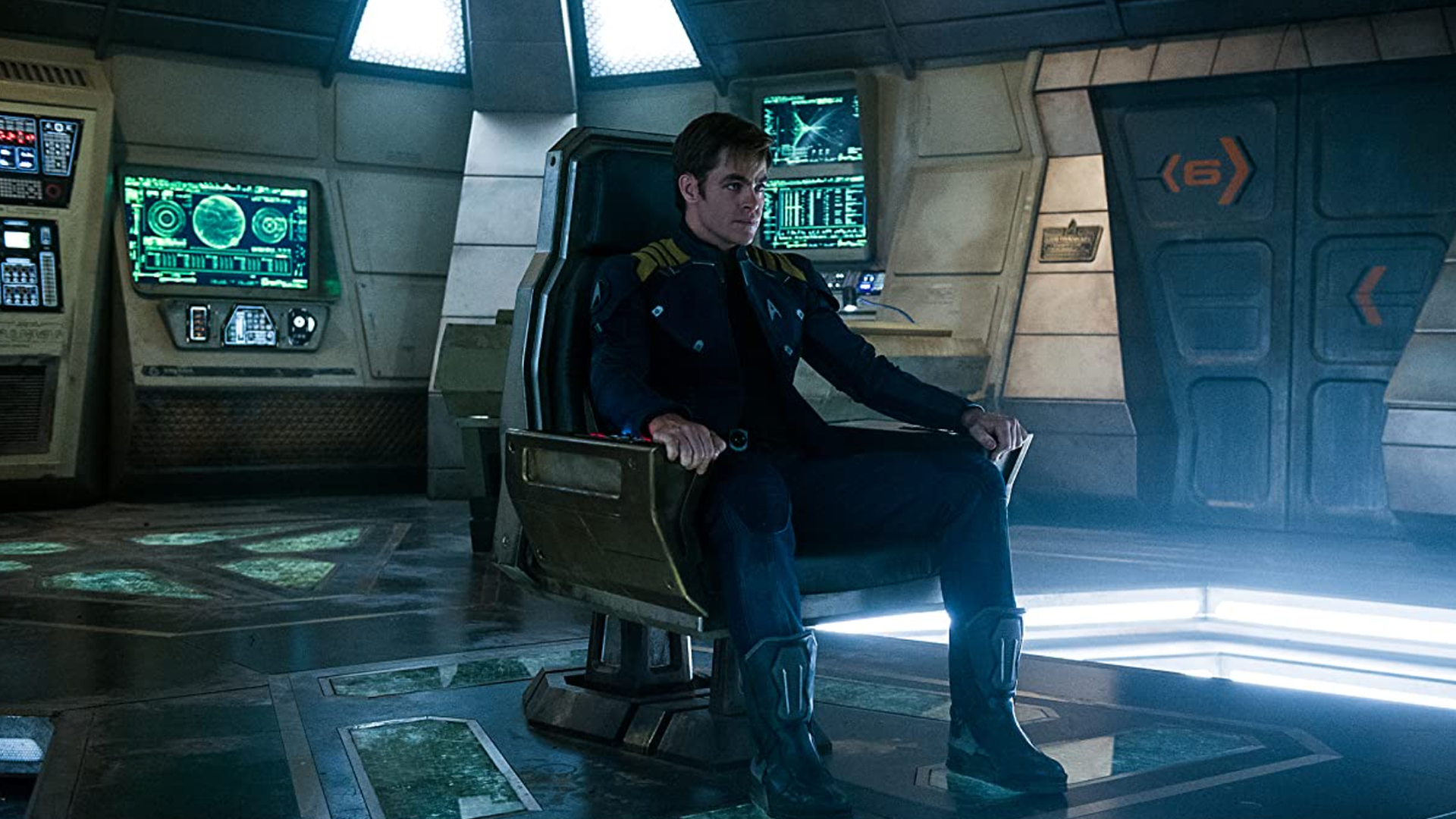
In Star Trek: Beyond (2016), the Enterprise discovers the USS Franklin, a Federation ship that had been lost for decades. Here’s what’s fun about that: the Kelvin timeline doesn’t start until 2233. The Franklin disappeared before that, so it exists in both timelines, which means a different version of it could theoretically pop up in Star Trek media that doesn’t adhere to the Kelvin timeline.
In Kelvin, however, the Franklin is half-buried after crashing into the surface of the planet Altamid. Few of its former crew remain, and those that do are unrecognizable, having been transformed by technology they’ve used to keep themselves alive. The Franklin’s captain, Balthazar Edison, now known as Krall, rejects Starfleet ideals of peace. He’s a soldier and he believes that he should be allowed to do what he does best. He returns to starbase Yorktown with the goal of commandeering it to launch an attack on the Federation, but first he’ll have to kill every living thing in residence. Kirk et al save the day, of course.
This is also the point at which Ambassador Spock leaves the timeline due to the passing of the peerless Leonard Nimoy. Kelvin Spock had been planning to rejoin what remains of the Vulcan people, but instead chooses to honor his other self by remaining in Starfleet.
Crossover With the Prime Timeline
Keeping track of the Kelvin timeline is important because there are still Star Trek properties operating in the prime timeline, such as Picard. However, there has been a little bit of crossover between the two. Picard takes place long after the titular character has quit Starfleet, and early on we discover the destruction of Romulus was why.
Picard wanted to launch a rescue mission to save as many Romulans as possible before the detonation of the supernova, but Starfleet pushed back. He went forward with it anyway, but when his ships were decimated by a fleet of rogue synths, Starfleet gave up all rescue efforts. Picard resigned in disgust. Everything that happens after that — and therefore everything taking place in the show — is part of the prime timeline, despite being kicked off by Event One.
Join our Space Forums to keep talking space on the latest missions, night sky and more! And if you have a news tip, correction or comment, let us know at: community@space.com.
Get the Space.com Newsletter
Breaking space news, the latest updates on rocket launches, skywatching events and more!
Susan Arendt is a freelance writer, editor, and consultant living in Burleson, TX. She's a huge sci-fi TV and movie buff, and will talk your Vulcan ears off about Star Trek. You can find more of her work at Wired, IGN, Polygon, or look for her on Twitter: @SusanArendt. Be prepared to see too many pictures of her dogs.










